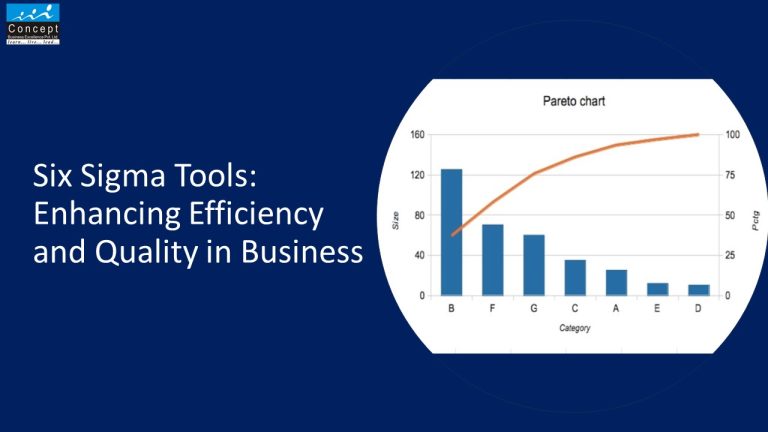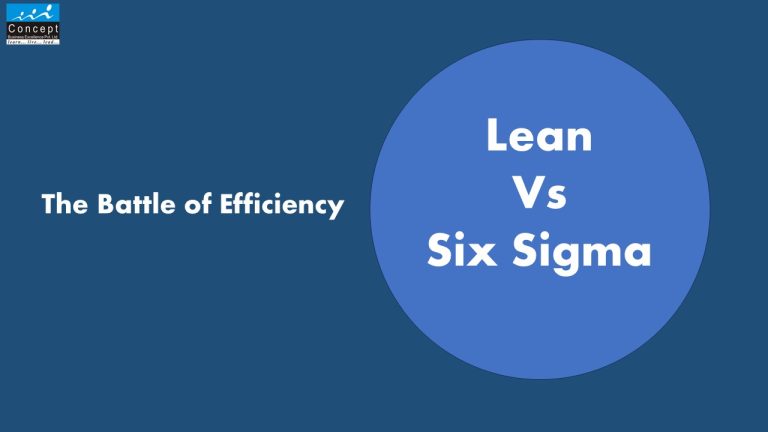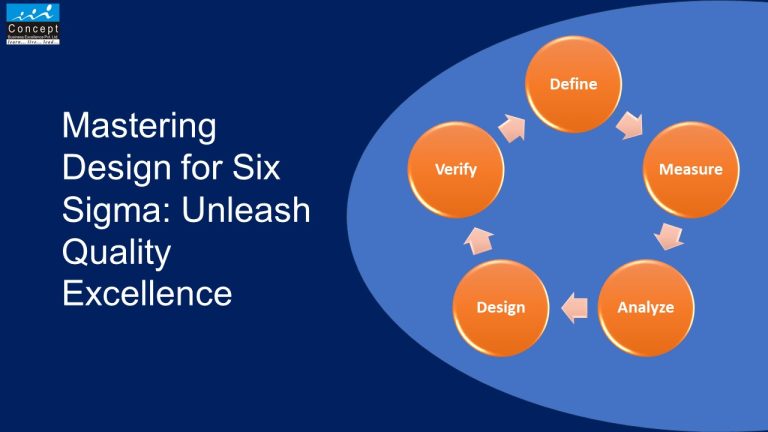Accelerate Your Career with Six Sigma Certification: A Complete Guide
In today’s competitive business landscape, professionals are constantly seeking ways to gain a competitive edge and boost their career prospects. One effective way to achieve this is by obtaining a Six Sigma Certification. Six Sigma is a powerful methodology that aims to improve processes, reduce defects, and enhance overall organisational performance. In this comprehensive guide, we will delve into everything you need to know about Six Sigma Certifications, including their benefits, different types, how to choose the right certification, the certification process, and the importance of maintaining your certification.
Understanding Six Sigma
Six Sigma is a data-driven approach that originated from Motorola in the 1980s and has since been widely adopted by various industries. The primary goal of Six Sigma is to minimize process variations and achieve near-perfect quality by eliminating defects and reducing waste. This methodology utilizes statistical analysis and problem-solving techniques to identify and eliminate the root causes of errors and inefficiencies in business processes.
At its core, Six Sigma revolves around two key principles: process improvement and defect reduction. By implementing Six Sigma principles, organisations can streamline their operations, optimise resource utilization, and deliver products and services that consistently meet or exceed customer expectations.
Benefits of Six Sigma Certification
Obtaining a Six Sigma Certification offers numerous advantages for professionals across different industries. Here are some key benefits:
- Enhanced Problem-Solving Skills: Six Sigma training equips individuals with robust problem-solving techniques and analytical tools, enabling them to identify process bottlenecks, analyze data, and develop effective solutions.
- Improved Career Prospects: Six Sigma Certifications are highly regarded by employers worldwide. Holding a Six Sigma Certification demonstrates your commitment to quality improvement and makes you a valuable asset to organizations seeking to optimize their processes and drive continuous improvement.
- Increased Efficiency and Cost Savings: Six Sigma methodologies focus on eliminating waste, reducing defects, and enhancing efficiency. By implementing these principles, organizations can experience significant cost savings and operational improvements.
- Customer Satisfaction: Six Sigma emphasizes delivering products and services that meet or exceed customer expectations. By consistently achieving high levels of quality, organizations can enhance customer satisfaction, build loyalty, and gain a competitive advantage.
- Leadership Development: Six Sigma Certifications, particularly at higher levels such as Black Belt and Master Black Belt, involve project management and leadership components. These certifications develop individuals’ skills in leading cross-functional teams and driving process improvement initiatives.
Types of Six Sigma Certifications
Six Sigma certifications are available at different levels, each corresponding to a specific skillset and level of expertise. Let’s explore the various types of Six Sigma Certifications:
- Yellow Belt Certification: The Yellow Belt Certification provides an introduction to Six Sigma principles and methodologies. Yellow Belt holders have a basic understanding of Six Sigma concepts and can contribute to process improvement projects as team members.
- Green Belt Certification: Green Belt Certification signifies a deeper understanding of Six Sigma tools and techniques. Green Belt holders are capable of leading process improvement projects within their departments and actively participating in larger-scale initiatives.
- Black Belt Certification: Black Belt Certification is the highest level of Six Sigma training for individuals actively involved in leading complex improvement projects. Black Belts possess advanced statistical knowledge, project management skills, and the ability to mentor Green Belts.
- Master Black Belt Certification: Master Black Belt Certification represents the highest level of expertise in Six Sigma. Master Black Belts are responsible for leading strategic initiatives, mentoring Black Belts, and driving organizational change.
Each certification level builds upon the previous one, allowing professionals to progress and deepen their understanding of Six Sigma principles.
Choosing the Right Six Sigma Certification
Selecting the appropriate Six Sigma Certification depends on various factors, including your career goals, industry, and desired level of involvement in process improvement initiatives. Consider the following when choosing the right certification:
- Career Goals and Aspirations: Determine your long-term career objectives and assess how each certification level aligns with those goals. If you aspire to become a process improvement leader or consultant, aiming for a Black Belt or Master Black Belt Certification would be suitable.
- Industry Relevance: Some industries prioritize specific Six Sigma certifications. Conduct research to understand the industry standards and requirements to ensure your chosen certification is recognized and valued in your field.
- Training Time and Commitment: Consider the time and effort required to complete each certification level. Higher-level certifications like Black Belt and Master Black Belt often involve more extensive training and project work.
- Accreditation and Certification Providers: Verify the credibility and reputation of the certification provider. Look for globally recognized organizations that offer accredited Six Sigma certifications to ensure the value and recognition of your certification.
Six Sigma Certification Process
The process of obtaining a Six Sigma Certification typically involves several steps:
- Identify the Certification Level: Based on your goals and aspirations, select the appropriate certification level.
- Acquire the Required Knowledge: Enroll in a Six Sigma training program that covers the curriculum for your desired certification level. These training programs are offered both online and in traditional classroom settings.
- Prepare for the Certification Exam: Study the relevant concepts, tools, and methodologies through self-study or instructor-led training. Practice using sample questions and real-world case studies to enhance your understanding and prepare for the certification exam.
- Take the Certification Exam: Schedule and complete the certification exam. The exam may consist of multiple-choice questions, scenario-based assessments, or project submissions, depending on the certification level.
- Complete Certification Requirements: Some certifications may require candidates to complete real-world projects demonstrating their application of Six Sigma principles. Ensure you fulfill all the necessary requirements to obtain the certification.
Six Sigma Certifications offer professionals a powerful toolkit to drive process improvement, enhance career prospects, and make a significant impact on organizational performance. By obtaining a Six Sigma Certification, you demonstrate your commitment to quality improvement, problem-solving, and efficiency. Remember to choose the certification level that aligns with your career goals, select a reputable certification provider, and actively engage in continuous learning to maintain your certification’s relevance. Embrace the opportunities that Six Sigma provides, and accelerate your career towards success in today’s competitive business environment.Obtain your Six Sigma Certification today and unlock a world of possibilities for personal and professional growth.





